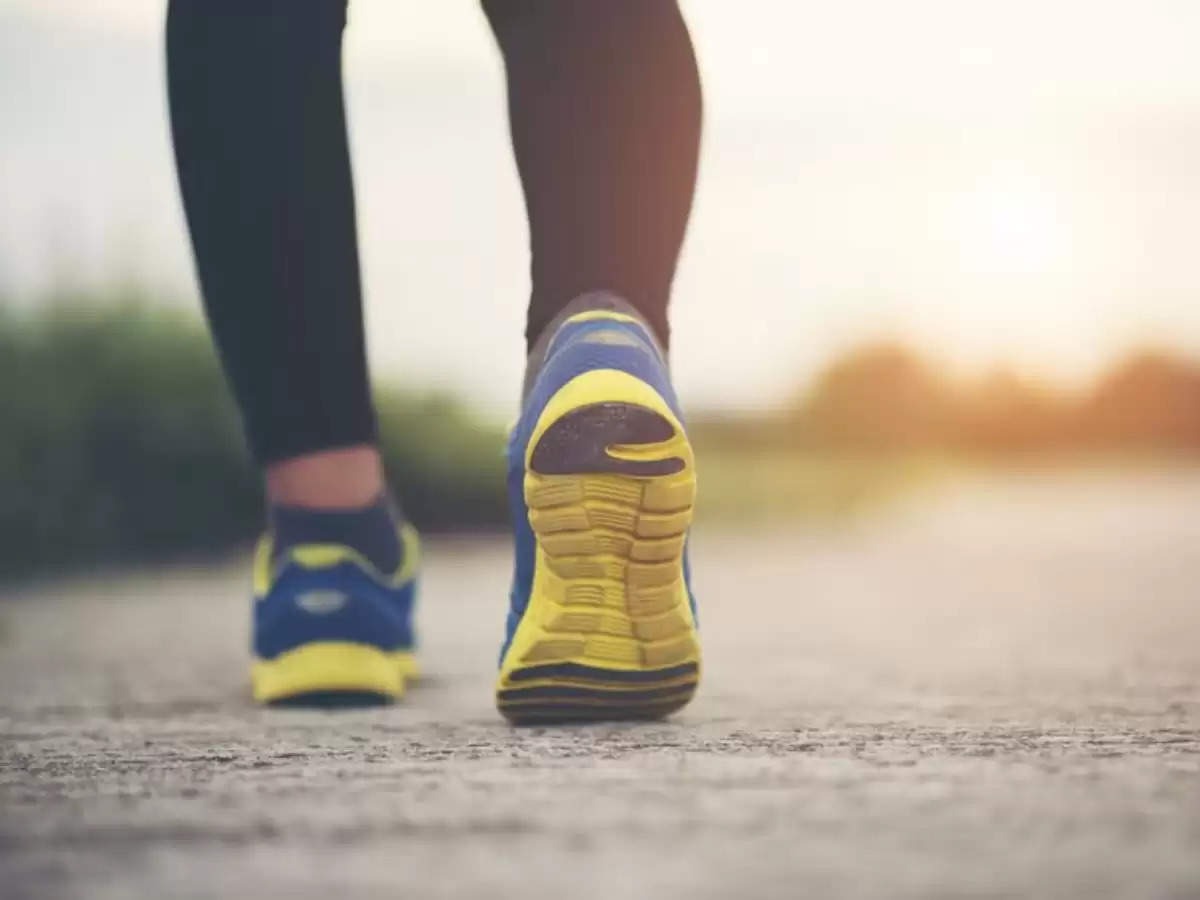
If you want to increase your fitness but can't find the time to hit the gym, there's good news! A new study from the University of Massachusetts Amherst claims that by making slight changes to the way you walk, you can significantly increase the amount of calories you burn.
According to studies, taking steps of unequal length during daily walks speeds up the body's metabolism, which burns more calories. This can prove to be a game changer for those who want to achieve fitness by making easy changes in their routine.

This research, published in the Daily Mail, studied the changes in the body during walking and the effect of uneven steps on calorie burn. The results show that by making a slight change in the walking pattern, you can burn more calories than by taking steps of equal length. This news is a big relief for those who do not have time to exercise separately in their busy lifestyle. By simply taking uneven length steps in their daily walk, they can improve their fitness without spending any extra time.
Adam Grimmitt, the lead author of the study, said that it would be correct to assume that the greater the change in the length of steps while walking, the faster the metabolism will be, which will increase the amount of calories burned. Researchers led by Dr. Grimmitt studied the effect of changes in the length of steps on metabolism. It included 18 healthy, 24-year-old adults, whose average weight was 155 pounds. Participants were first asked to walk on a treadmill with their usual steps for 5 minutes.
The participants were then asked to take steps 5% to 10% shorter or longer than their usual strides. During this time, the researchers measured carbon dioxide levels, which is considered an indicator of exercise intensity. The main finding of the study was that even a small change in step length (2.7%) caused a significant increase in metabolism (1.7%).
Changing step length only slightly increases the amount of energy expended while walking, but is still important for fitness, the researchers said. The researchers are also investigating how this new information could benefit older people, particularly for energy conservation rather than calorie burn. Future studies will measure the accuracy of foot position and muscle activity based on the virtual projections.
 look news india
look news india

